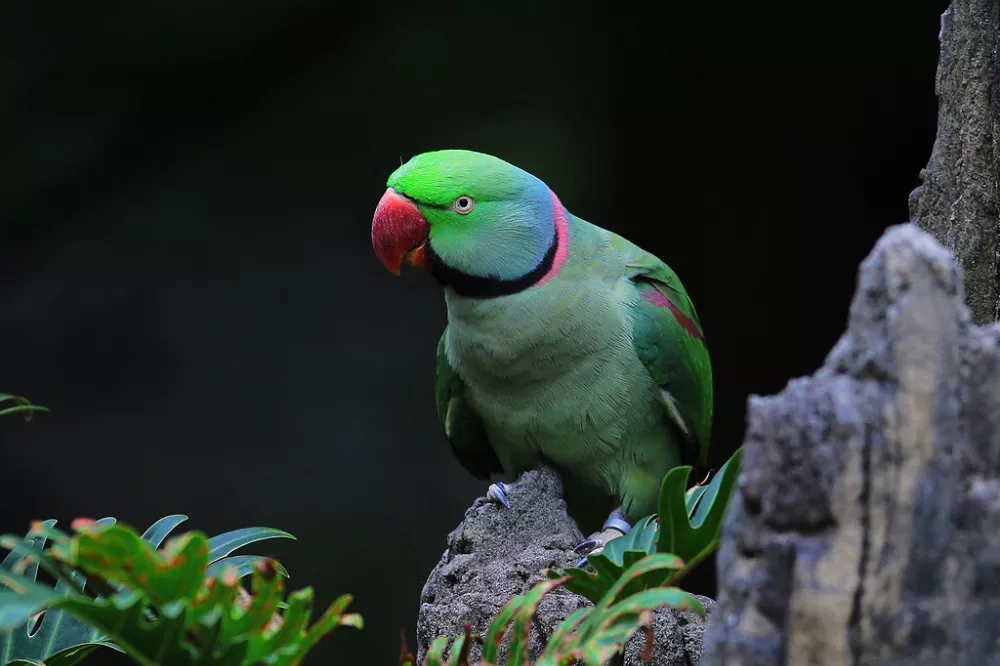Ringneck parrots are beautiful and intelligent birds that can make wonderful pets. However, they are known for their tendency to bite, which can be a frustrating and painful experience for their owners. If you are struggling with a parrot that bites, it is important to understand that this behavior is not uncommon, and there are ways to train your parrot to stop biting.
Here are some steps that you can take to train your ringneck parrot not to bite:
- Step 1. Understand the reason behind the biting
Parrots may bite for various reasons, such as fear, anxiety, territorial behavior, or lack of socialization. Before you start training your parrot, it is essential to understand the cause behind the biting behavior. Observe your parrot’s body language and behavior to determine what triggers the biting. Once you understand the reason behind the biting, you can take appropriate measures to address it.
- Step 2. Use positive reinforcement
Training your parrot not to bite requires patience, consistency, and positive reinforcement. Whenever your parrot behaves well and refrains from biting, reward it with praise, treats, or toys. Positive reinforcement will encourage your parrot to repeat the good behavior and gradually reduce the biting behavior.
- Step 3. Socialize your parrot
Parrots are social animals that require interaction and playtime with their owners. Lack of socialization can lead to anxiety and aggression, which can manifest in biting behavior. Spend time with your parrot every day, play games, and provide toys that can keep your parrot mentally stimulated. The more you socialize your parrot, the less likely it will be to bite.
- Step 4. Teach your parrot to step up
Teaching your parrot to step up onto your hand is an essential training step that can help reduce biting behavior. To do this, place your hand near your parrot’s feet and say “step up.” If your parrot steps up, reward it with praise and a treat. If your parrot bites, withdraw your hand and ignore it for a few minutes. Repeat this exercise several times a day until your parrot learns to step up without biting.
- Step 5. Avoid punishment
Punishing your parrot for biting behavior is counterproductive and can lead to more aggression. Instead of punishing your parrot, remove it from the situation that triggered the biting and redirect its attention to something positive, such as a toy or treat. With time, your parrot will learn that biting does not result in a desirable outcome.
- Step 6. Seek professional help if necessary
If your parrot’s biting behavior persists despite your best efforts, consider seeking professional help from a bird behaviorist or an avian veterinarian. They can provide you with valuable advice on how to address the issue and suggest appropriate training techniques.
In conclusion, training a ringneck parrot not to bite requires patience, consistency, and positive reinforcement. Understanding the reason behind the biting, socializing your parrot, teaching it to step up, avoiding punishment, and seeking professional help if necessary can all help reduce biting behavior. With time and effort, you can train your parrot to be a loving and affectionate companion.


 Facebook
Facebook  Instagram
Instagram  Youtube
Youtube 